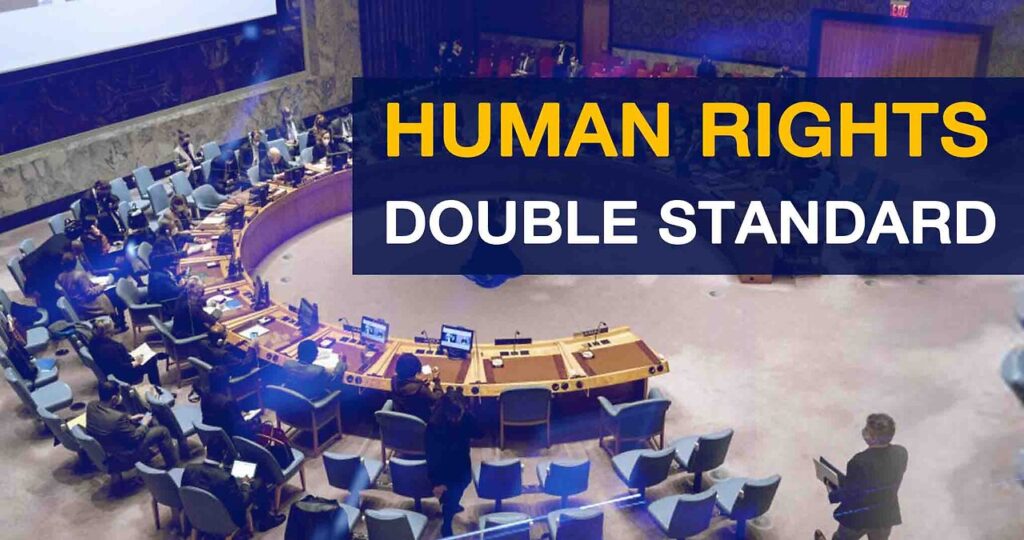
In the words of the United Nations, “human rights” range from “the most fundamental—the right to life—to those that make life worth living, such as the rights to food, education, work, health, and liberty.” These rights are supposed to be “inherent to us all.” But this lofty ambition has become distorted, not only by the UN itself but by the whole of what Alfred de Zayas calls the “Human Rights Industry.”
This industry, headed by the UN Human Rights Council (UNHRC), has multiple layers that include UN “expert groups” and “rapporteurs,” regional commissions like (in the Western Hemisphere) the Inter-American Commission on Human Rights, international NGOs such as Human Rights Watch and Amnesty International, and tens of thousands of other non-governmental organizations.
In part, this industry still attempts to defend real human rights—the most topical example being the remarkable work of the UN’s Special Rapporteur on Palestine, Francesca Albanese. But, take almost any other country as an example—such as the much less publicized case of Nicaragua—and the real purpose of most of the human rights industry is exposed.
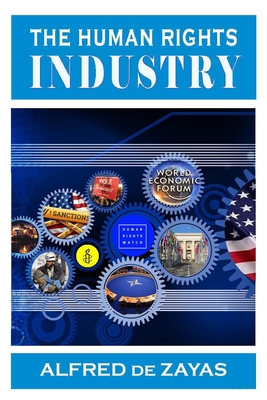
This purpose, I argue, is what Noam Chomsky and Edward S. Herman in their 1988 book described as “manufacturing consent,” that is, promoting people’s acceptance of government policies on the basis of a partial picture of issues (in this case, human rights), denying them access to alternative views which would lead them to oppose such policies. The relevant U.S. government policy here is regime change.
In Nicaragua’s case, U.S. regime-change attempts have a long history. Most recently, the country was the subject of a U.S.-funded coup attempt in 2018. Since then it has also suffered U.S. sanctions, which have cost it an estimated $2.5-3.5 billion in lost aid for poverty-reduction projects.
Elections held in 2021 prompted further U.S. intervention and, when Daniel Ortega was re-elected, Washington labeled the election a “sham” and then escalated its attacks. None of these interventions, not even the unilateral sanctions which are contrary to international law, appears in any published “human rights” reports, despite the very obvious damage they have inflicted on ordinary Nicaraguans. Indeed, a feature common to all such reports is that they focus on the rights only of those opposed to the Sandinista government.
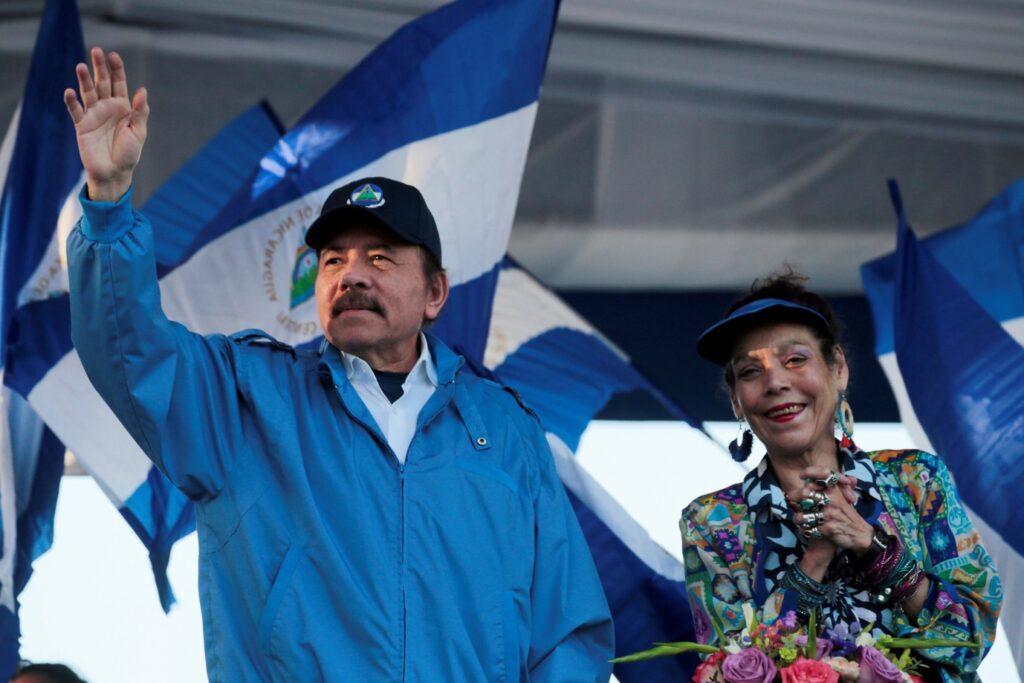
The UNHRC has just published its periodic review of Nicaragua’s human rights record. Such reviews are supposed to show a country’s progress toward genuine human rights, as defined by the UN. Civil society groups are encouraged to make submissions about a country’s human rights, supposedly to allow the UNHRC to get a rounded picture.
Nicaragua has made huge advances in social and economic rights since 2007 under its Sandinista government. Just one example, highlighted in a new report from the respected international body, the Economic Commission for Latin America and the Caribbean, is that Nicaragua is devoting a larger proportion of its budget to public health than most Latin American countries, and that one of the direct benefits is high life expectancy compared with the majority of the other, wealthier countries. But hardly any good news of this kind—of which Nicaragua has plenty—appears in the UN’s report.
In the hope that the UNHCR might want to present a balanced picture, I joined a small voluntary group, Friends of Latin America, which compiled and submitted first-hand evidence to the periodic review. The group had done this (successfully) to an earlier review on Cuba. However, our submission was rejected, on the spurious grounds that the evidence was not first-hand.
When we complained that this was untrue, the reason for rejection was changed to say we had made no recommendations (which is not required by the UN’s own guidelines). But by then, the periodic review had been published. Not unexpectedly, the majority of the civil society evidence it cited supports the U.S. narrative about Nicaragua, that its government is attacking, not defending, human rights.
Who submits this evidence?
Much of the evidence accepted by UNHCR comes from dozens of NGOs that champion Nicaraguan “human rights” but which are actually based in the U.S. and Costa Rica, including more than 20 operating under the banner Coalición Nicaragua Lucha. Their evidence is by definition second-hand!

Several have roots in NGOs originally based in Nicaragua but subsequently closed. For example, the Colectivo de Derechos Humanos Nicaragua Nunca Más was established with funding from a small NGO, the Nicaraguan Center for Human Rights (CENIDH, for its initials in Spanish), which in the build-up to the coup attempt was awarded a staggering $23 million by various European institutions, some with government connections.
The re-established NGO has conducted a highly questionable campaign around alleged systematic murders in rural Nicaragua. I investigated the background and funding of CENIDH and other NGOs in detail in 2019 for The Grayzone. Like the other NGOs, Nunca Más does not declare where its money comes from, but in 2021 it received a “democracy award” from the U.S. government-funded National Endowment for Democracy, a CIA offshoot that specializes in regime-change operations and political propaganda.
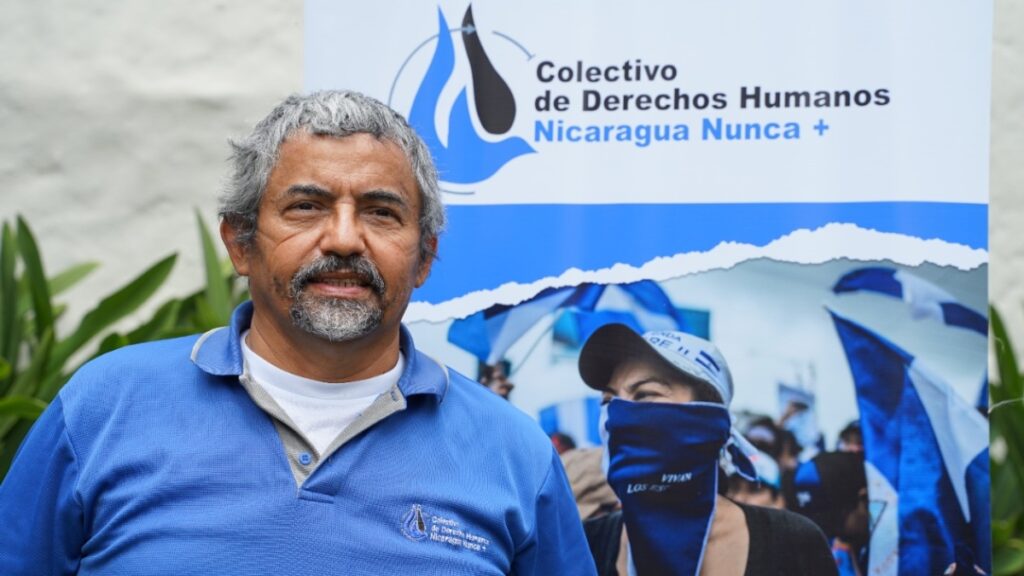
Nicaragua’s “human rights” champions lost their NGO status and were forced to close by the government after the coup attempt was defeated. While this was inevitably portrayed as “persecution” by the corporate media, the behavior of these bodies suggested they were little more than foreign-funded propaganda outfits.
Their role, which they executed successfully, was to exaggerate the numbers killed in the coup attempt and to blame all the deaths on the government. For example, Coalición Nicaragua Lucha repeated the lie that 350 people were killed during “peaceful demonstrations” in 2018, denying the reality of horrendous opposition violence that resulted in the deaths of 22 police officers and of large numbers of government supporters and innocent bystanders.
Selectivity in compiling evidence on human rights is not new. Nicaragua’s first human rights NGO, the Permanent Commission on Human Rights, made wildly unjustified claims of human rights abuses by the revolutionary Sandinista government in the 1980s.
Another NGO, ANPDH, was set up by the Reagan administration in Miami, specifically to defend the “Contra” forces against the many accusations that they were victimizing civilians. It is now based in Costa Rica.
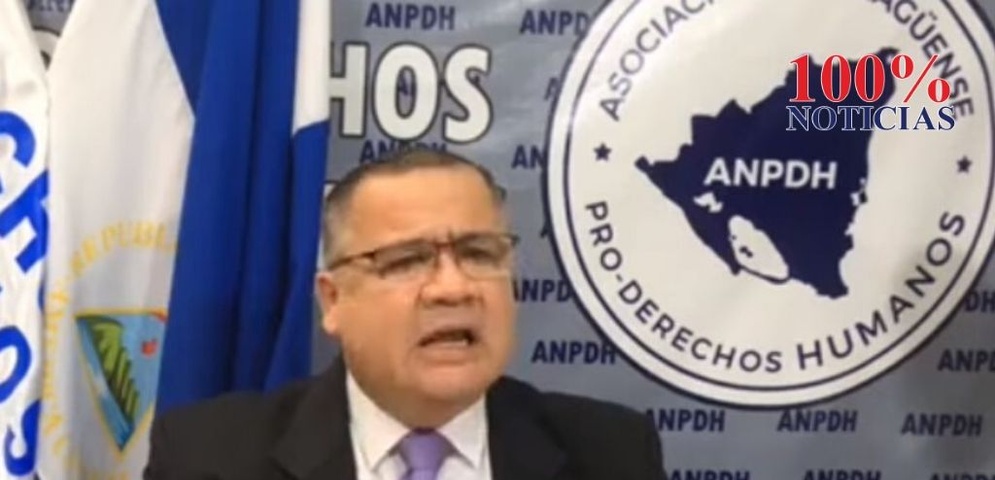
International human rights bodies refuse to acknowledge errors in their work
More interesting and alarming is how the contamination of human rights work extends to international bodies, whether well-known NGOs like Human Rights Watch and Amnesty International, or the Inter-American Commission on Human Rights (an offshoot of the Organization of American States, or OAS) or the UNHCR itself. All of these bodies utilize evidence provided by the local “human rights” NGOs, apparently without questioning its veracity.
Nor do these bodies respond if a lay person points out the errors, omissions and outright lies promulgated by these NGOs. I have found that emails to such international bodies routinely go unanswered, evidence of errors in published reports is ignored and, when official complaint mechanisms are used, nothing happens. The rest of this article gives examples from my personal experiences of dealing with such bodies, from 2018 until now.
During and immediately after the coup attempt, Amnesty International (AI) published two reports on Nicaragua that relied heavily on “evidence” from local NGOs. A group of activists working with the Alliance for Global Justice (AfGJ), alarmed at AI’s obvious bias, researched and prepared a response to the second report, which AI pejoratively titled Instilling Terror.
Our report, Dismissing the Truth, showed in detail the bias, omissions and errors in AI’s material. For example, it unraveled the story of a police officer who, according to AI, was killed by his fellow officers.
This unlikely explanation of his murder had been offered by his estranged mother, an opposition supporter, via a local NGO. In reality there was convincing evidence, including from his partner (also a police officer), that he was killed by an opposition sniper.
Several attempts were made to engage with AI about its report, including a formal complaint via its published procedures and the offer to discuss it at their London headquarters. There was never anything more than a peremptory response.
The Inter-American Commission on Human Rights (IACHR) was one of several bodies invited by the government, in good faith, to visit Nicaragua in 2018 and investigate the human rights situation. After such a visit, IACHR’s GIEI-Nicaragua (Grupo Interdisciplinario de Expertos Independientes) presented a detailed analysis of deaths that occurred on May 30, 2018, when two large marches were held in Managua, one by the opposition and one by Sandinista supporters.
Yet the published material and a video reconstruction (since removed from its website) only examined in detail the deaths among government opponents, referring only briefly to the several Sandinista deaths and not at all to the many injuries to police officers.
Crucially, its report was shown to have ignored and manipulated evidence from its own experts. It omitted evidence of the use of firearms by the opposition, manipulated the analysis of a weapons expert, and concluded that the protesters were killed by the police.
As a result of the report’s gross distortions of the May 30 events, a large number of organizations and individuals wrote to the IACHR and separately made a formal complaint to the OAS, but received only a brief reply. Nevertheless, for Spanish newspaper El Pais and for the BBC, the reconstruction proved that the police were the killers.
In another example, from March 2021, the IACHR held an open session on Indigenous people’s rights in Nicaragua, to which no democratically elected representatives of Indigenous communities were invited, only spokespeople from two opposition-oriented NGOs. One was a recipient of USAID finance. The AfGJ, which discovered by chance that the hearing would take place yet managed to make a submission by the deadline, was not called to give evidence, nor was its submission even mentioned. In July 2024, the IACHR held another session in which only opposition-oriented NGOs took part.
Perhaps the most egregious example of partiality comes from the UN itself. In 2022, the UNHCR established a “Group of Human Rights Experts on Nicaragua” (GHREN) which, in February 2023, published a highly biased report. It went so far as to argue that Nicaragua’s government had committed “crimes against humanity.” The “experts” even went beyond their mandate and recommended further economic sanctions.
A ”collective” of small opposition NGOs had been given open access to the GHREN and clearly had a strong influence on its work. The Nicaragua Solidarity Coalition (consisting of a number of Nicaraguan government-supporting organizations in the Americas and Europe) quickly prepared a detailed critique of the report. For example, they showed how the GHREN’s chronology of events during the coup attempt in the city of Masaya (where I live) omitted almost all opposition violence, including murders, torture and destruction of municipal buildings and Sandinista homes.
When the Coalition accompanied this evidence with a well-supported petition, sent to the UNHCR and its “group of experts,” there was no response. After multiple emails containing further evidence, only a single, one-line reply was received, pointing the Coalition to the material on the GHREN’s website. Since then, further reports have been produced by the GHREN, none with any mention of our submissions.
The real purpose of “expert” groups
In The Human Rights Industry, Alfred de Zayas makes the point that the real purpose behind such expert groups or commissions is “to denigrate and destabilize the targeted government to facilitate undemocratic ‘regime change’ as desired by one or more powerful countries.”
They are part of the “hybrid war arsenal” which such countries employ. He goes on to refer specifically to the GHREN’s report on Nicaragua, labeling it a “political pamphlet” and saying that its accusations of crimes against humanity are undeserving of detailed comment. He duly signed the Coalition’s petition, along with several other human rights lawyers and experts. His signature carries the weight of someone who is, himself, a former UN expert.
It might be argued that little attention is paid to human rights reports about a small country like Nicaragua. However, if a country is being targeted by Washington, legacy media such as The New York Times and The Washington Post do cover them, often embellishing what they say.
For example, the item in the Times on the GHREN’s second report was headed “Nicaragua Nazis: Stunned researchers cite Hitler’s Germany.” Such media reports, carrying a message that Nicaragua is an authoritarian state, echo and reinforce Washington’s message that Nicaragua is a dictatorship or even, as former National Security Adviser John Bolton put it, part of a “troika of tyranny” with other target countries, namely, Cuba and Venezuela.
The real intention of the UNHCR’s “group of experts” can hardly be to appraise and influence the human rights of Nicaraguans. They are not even able to visit the country, because when the Sandinista government found that “experts” sent by the UN or OAS disregarded much of the evidence presented to them, it closed its doors. Real help to Nicaragua might include recommending that the damaging, illegal sanctions imposed on the country be removed (instead of calling for more of them).
As de Zayas says, such “experts” might even make a genuine offer of technical help in the field of human rights. But these groups, and these reports, are not really concerned with the rights of ordinary Nicaraguans, nor are they intended to assist the government. At best, they are concerned only with the rights of a small elite represented in the (mainly exiled) opposition groups. At worst, their purpose is to demonize the government, aiding the process of manufacturing consent for Washington’s aim of regime change in Nicaragua.

CovertAction Magazine is made possible by subscriptions, orders and donations from readers like you.
Blow the Whistle on U.S. Imperialism
Click the whistle and donate
When you donate to CovertAction Magazine, you are supporting investigative journalism. Your contributions go directly to supporting the development, production, editing, and dissemination of the Magazine.
CovertAction Magazine does not receive corporate or government sponsorship. Yet, we hold a steadfast commitment to providing compensation for writers, editorial and technical support. Your support helps facilitate this compensation as well as increase the caliber of this work.
Please make a donation by clicking on the donate logo above and enter the amount and your credit or debit card information.
CovertAction Institute, Inc. (CAI) is a 501(c)(3) non-profit organization and your gift is tax-deductible for federal income purposes. CAI’s tax-exempt ID number is 87-2461683.
We sincerely thank you for your support.
Disclaimer: The contents of this article are the sole responsibility of the author(s). CovertAction Institute, Inc. (CAI), including its Board of Directors (BD), Editorial Board (EB), Advisory Board (AB), staff, volunteers and its projects (including CovertAction Magazine) are not responsible for any inaccurate or incorrect statement in this article. This article also does not necessarily represent the views the BD, the EB, the AB, staff, volunteers, or any members of its projects.
Differing viewpoints: CAM publishes articles with differing viewpoints in an effort to nurture vibrant debate and thoughtful critical analysis. Feel free to comment on the articles in the comment section and/or send your letters to the Editors, which we will publish in the Letters column.
Copyrighted Material: This web site may contain copyrighted material the use of which has not always been specifically authorized by the copyright owner. As a not-for-profit charitable organization incorporated in the State of New York, we are making such material available in an effort to advance the understanding of humanity’s problems and hopefully to help find solutions for those problems. We believe this constitutes a ‘fair use’ of any such copyrighted material as provided for in section 107 of the US Copyright Law. You can read more about ‘fair use’ and US Copyright Law at the Legal Information Institute of Cornell Law School.
Republishing: CovertAction Magazine (CAM) grants permission to cross-post CAM articles on not-for-profit community internet sites as long as the source is acknowledged together with a hyperlink to the original CovertAction Magazine article. Also, kindly let us know at info@CovertActionMagazine.com. For publication of CAM articles in print or other forms including commercial internet sites, contact: info@CovertActionMagazine.com.
By using this site, you agree to these terms above.
About the Author
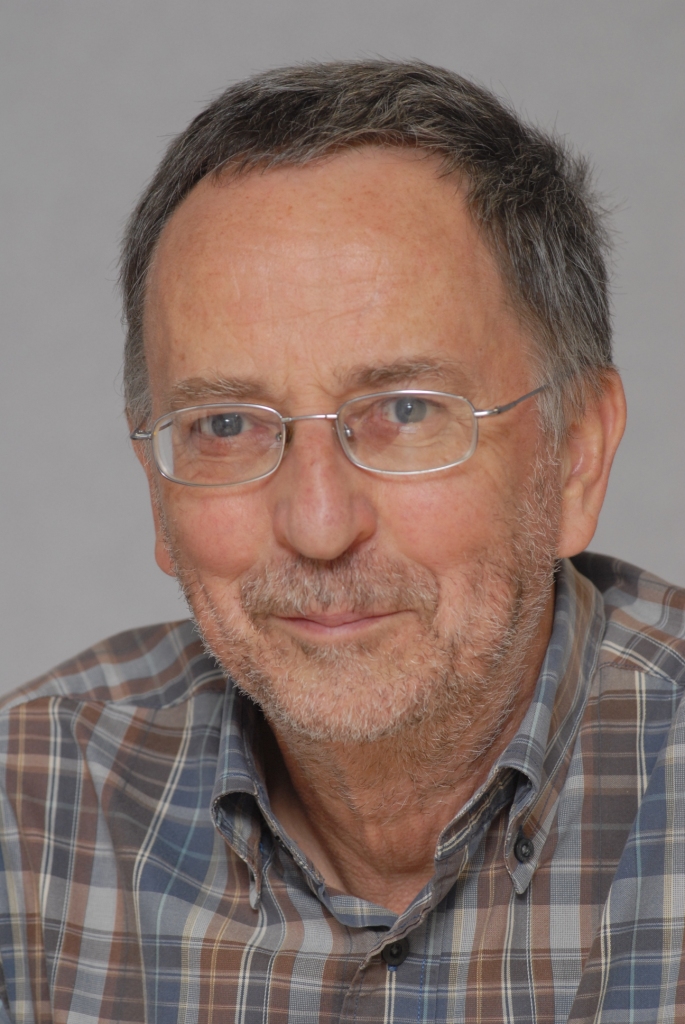
John Perry is based in Masaya, Nicaragua and writes for the Council on Hemispheric Affairs, London Review of Books, FAIR and elsewhere.
John can be reached at johnperry4321@gmail.com or by his twitter handle @johnperry21.

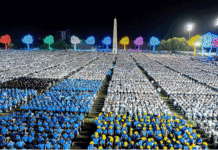
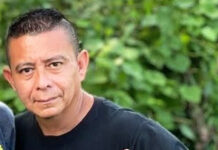
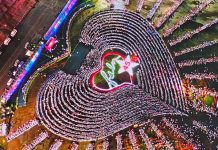

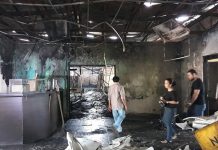
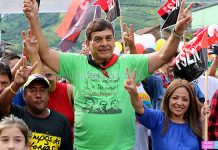
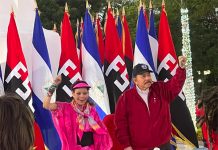



While browsing through the internet today, I stumbled across this human rights concern:
https://www.fidh.org/en/region/asia/tibet/china-intensive-hydropower-dams-threaten-millions-in-tibet-and-asia
Here is some more information on this topic.
https://www.youtube.com/watch?v=9b3aH0X8olg